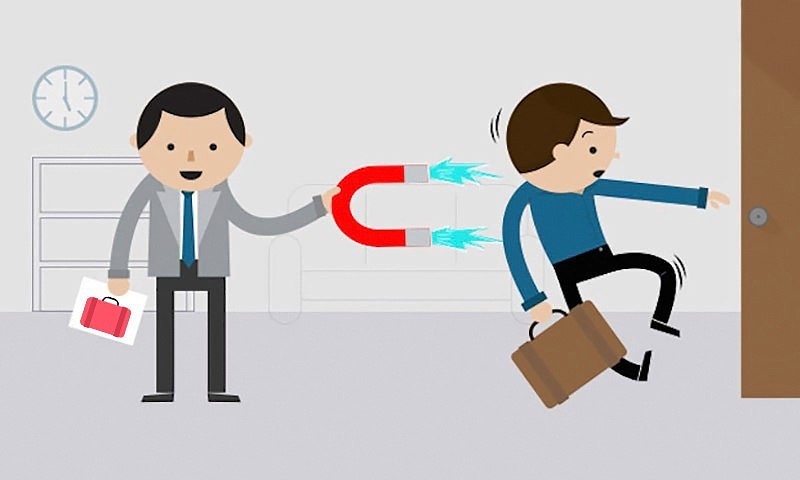
A permanent client base is the key to a sustainable and profitable business! Due to the influx of customers, companies increase their revenue, market value and expand their capabilities. The churn of customers leads to the opposite effect - the pace of the company's development slows down.
We will discuss the reasons for leaving regular customers and formulate recommendations for successful repeat sales.
Let's start by analyzing the statistics of customer losses. The Rockefeller Foundation has conducted extensive research to find out why customers stop interacting with specific companies.

As we can see, less than one third of the causes (32% of losses) are associated with problems that are difficult or impossible to influence.
Everyone has problems, and any company sometimes makes mistakes and does not have time to process customer complaints. As a result, 14% of customers are lost.
Somewhere our competitors are crossing the road. Such actions are remembered because it hurts and offensive ... However, according to statistics, only 9% are lost due to the actions of competitors. As you can see, competitors are not getting in the way of business!
And in conclusion, a factor that we cannot influence at all: we lose 9% of clients due to relocation or closure of the company. I will assume that now, at the time of the crisis, the percentage of companies closing for this reason has slightly increased, but this is still not the main reason.
Please note that according to statistics, 68% of customers leave "for no particular reason." We do not remember about the client, and the client whom you have not “tamed” does not care where to buy. When the time comes for the next purchase, customers quickly find a suitable supplier and buy from the “first comer” instead of buying from you. It turns out that most customers are lost simply because they are not remembered in time!
A suitable solution is to create conditions under which you, first, encourage the client to buy from you, and when he gets used to it, you do everything so that the client buys all the purchases from your assortment from you.
Companies can consciously manage their customer base if they develop and maintain 3 types of business processes: “engagement”, “retention” and “return”.
Let's take a closer look.
Actions that can influence a customer's decision to make another purchase from you is called "engagement . " The business process “engagement” is necessary for the client to decide on a second purchase and then get used to buying from your company.
Retention is a business process by which every customer is given attention, which makes him a regular customer.
“Returns” , as the name implies, are processes designed to determine churn (customer exit) and then take action to resume sales.
Here's an example from a B2C furniture business. On the one hand, the purchase of furniture does not happen so often as to think about a permanent customer base. On the other hand, the cost of finding and attracting new customers is so high that the work of maintaining loyalty and engaging even several thousand customers in order to make them permanent pays off and is a profitable strategy. Through brand recognition and loyalty, a well-known furniture company managed to create an audience of customers who, despite the variety of companies and unique offers, return again after 3-4 years and make repeat purchases.
When developing a repeat sales strategy, building trust with the customer is a key success factor. You need to regularly "look after" the client so that he does not forget about your company. "Warm up" the client with useful news about the product, promotions and discounts, send out unusual articles, ie be interesting to the company and remember to demonstrate that you remember your customers.
Conclusion: To retain and accumulate a customer base, it is important for organizations to understand how and for what reason customers are lost. Knowing why customers leave certain companies, it is possible to build a competent strategy for “engaging”, “retaining” or “returning”. Many leading companies are investing in repeat sales and customer base management.